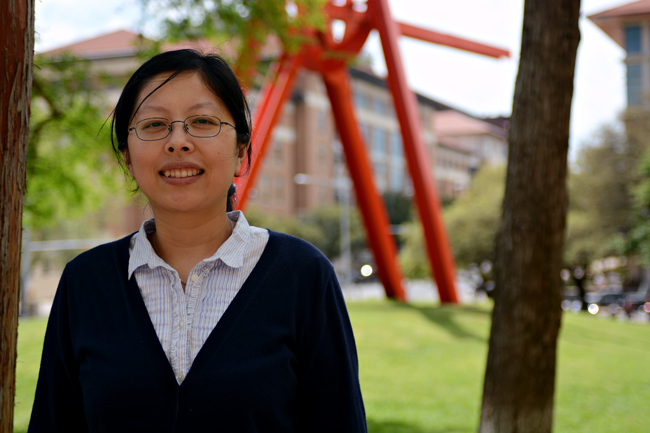UT researchers found chemical emissions in plastic and foam in baby cribs after conducting studies about infant sleeping environments.
Civil engineering graduate student Brandon Boor led the research, which began about a year ago. Boor said his interest in the matter was sparked by the amount of time babies spend sleeping, potentially being exposed to chemicals.
“Babies spend about 12-14 hours per day sleeping,” Boor said. “When you’re looking at exposure to various air pollutants, most of it occurs in that space.”
Boor said he collected used and new crib mattresses for sampling.
“I bought new mattresses on Amazon and collected old mattresses from around Austin that were donated to me,” Boor said. “I cut them into a smaller size and measured the amount of various chemicals in the foam and on the cover.”
According to Ying Xu, architectural engineering assistant professor and a research assistant for the study, the team simulated infants’ breathing patterns and body temperature to assess the chemical emissions from the cribs.
“The chamber was room-sized,” Xu said. “The mattress was stored in there, and we placed a heated mannequin to simulate an infant. Then we collected the information from the infant’s inhalation zone.”
Xu said testing the inhalation zone, versus the air in the infant’s room, proved to have an impact on their findings.
“We found that the concentration of chemicals in the inhalation zone is twice as much as the regular air concentration,” Xu said.
According to Atila Novoselac, architectural engineering associate professor and a research assistant for the study, the levels of toxicities that were found in the mattresses are not cause for panic.
“The levels are higher than expected, but they are not alarming,” Novoselac said. “No reason to go burn all the mattresses.”
The study looked into the emission of less potent toxicities, which are only harmful in extremely high concentrations, according to Xu.
“The emission rate is similar to that of vinyl flooring or cleaning products, so it is not that harmful,” Xu said. “But, in our following study, we will be looking into more toxic chemicals, like those from flame retardants and other chemicals that are toxic, especially for children.”
According to Boor, there are no direct implications of the study, but it will lay groundwork for further research.
“There is already a low volatile organic compound labeling system in the U.S., but it could help raise awareness about chemicals in baby products,” Boor said.





















